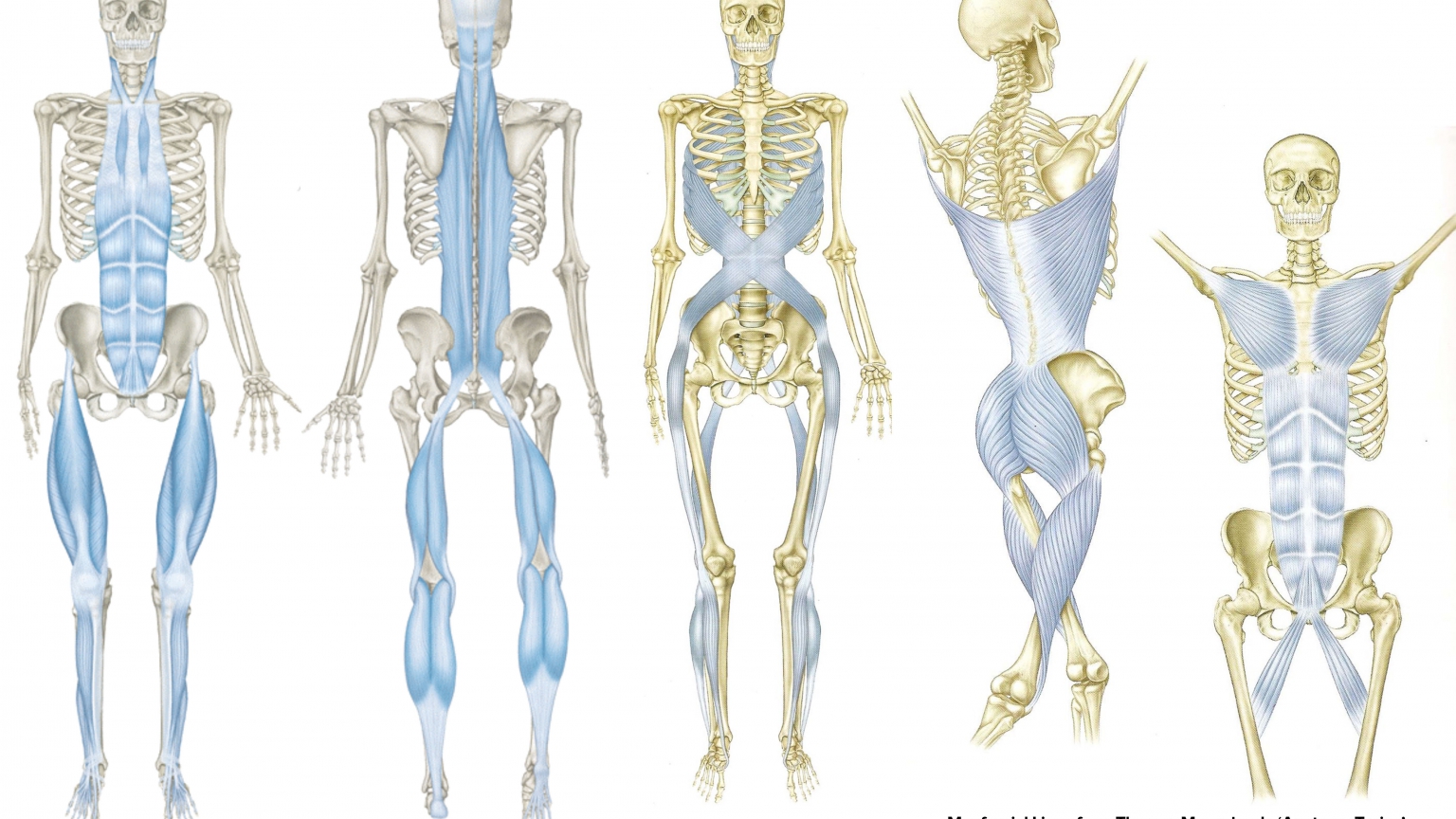15 best Anatomy images on Pinterest Biology Diagrams Get ready to change your perspective on how the human body really works with Anatomy Trains by Tom Myers. Discover the incredible power of Fascia Lines and their impact on mobility, functionality, and overall well-being. These lines are not just muscles, but an interconnected web of tissues, organs, and parts that work together like a

Fascia: A layer of connective tissue that plays an active role in the body. It supports tissues and organs, lessens friction, or eases muscle tension. Learn more in this guide.

Fascia Anatomy & Physiology Biology Diagrams
(Excerpt from "Fascial Fitness: Fascia oriented training for bodywork and movement thereapies" by Divo G. Muller & Robert Schleip) The fascia interprets our entire body and interlinks as myofascial chains. Understanding this interconnected tension is critical to training your body effectively and promoting longevity. We will introduce the most important fascia lines below. 1. Shoulder The deep front line includes the body's Myofascial "core". If we start from the bottom the line has deep roots under the foot, passing up the skeleton of the back leg, behind the knee and inner thigh. Without Beginning or End" is a documentary about how new research profoundly changes the way we look at the living human body. Fascia In this blog post, we will discuss the importance of fascial lines, the Anatomy Trains, and how they impact the body. The Importance of Fascial Lines. Fascia is a complex web of tissue that forms a continuous network throughout the body. It connects everything together, from muscles to organs, and is critical to the healthy function of the body.

Fascial lines of the body are at the heart of a complex network of interconnected structures. They work seamlessly to enable movement, maintain balance, and ensure overall well-being. List of Fascial Lines. The human body is an engineering marvel. The fascial lines encapsulate a great majority of our anatomical composition, orchestrating Researchers do not agree on one comprehensive "fascia" definition. Despite the scientific uncertainty, there is an agreement with medical text that the fascia covers every structure of the body, creating a structural continuity that gives form and function to every tissue and organ. The fascial tissue has a ubiquitous distribution in the body system; it is able to wrap, interpenetrate, support Goes in line with the old idea of a divided body, where fascia is what separates different parts and layers from each other. The updated explanation of Fascia Schleip 2013, Stecco 2011, 2014, 2015, 2018, Langevin 2002, 2006
